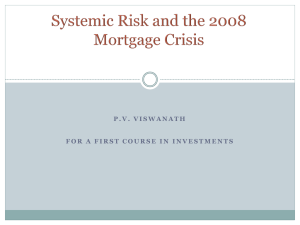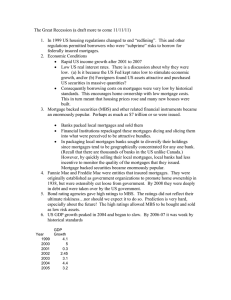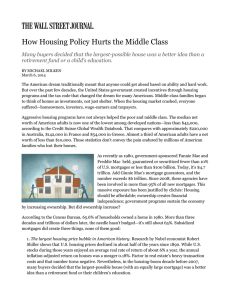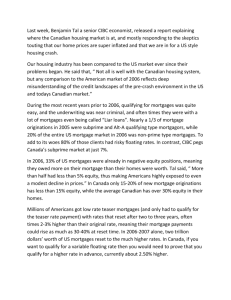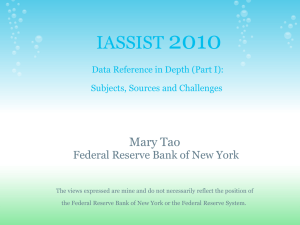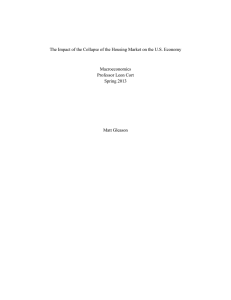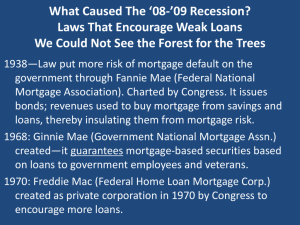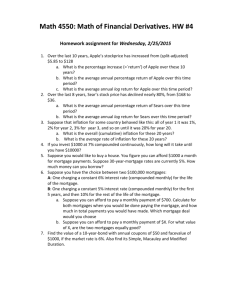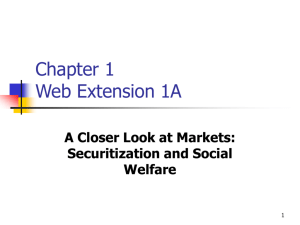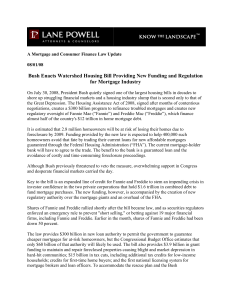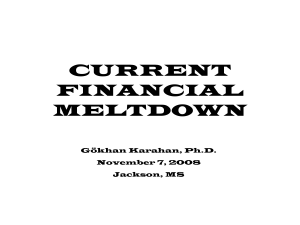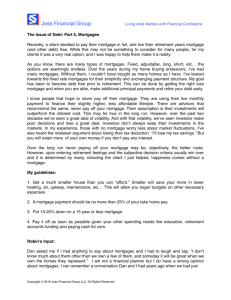Title: “Complexity, Risk, and Financial Markets”
advertisement
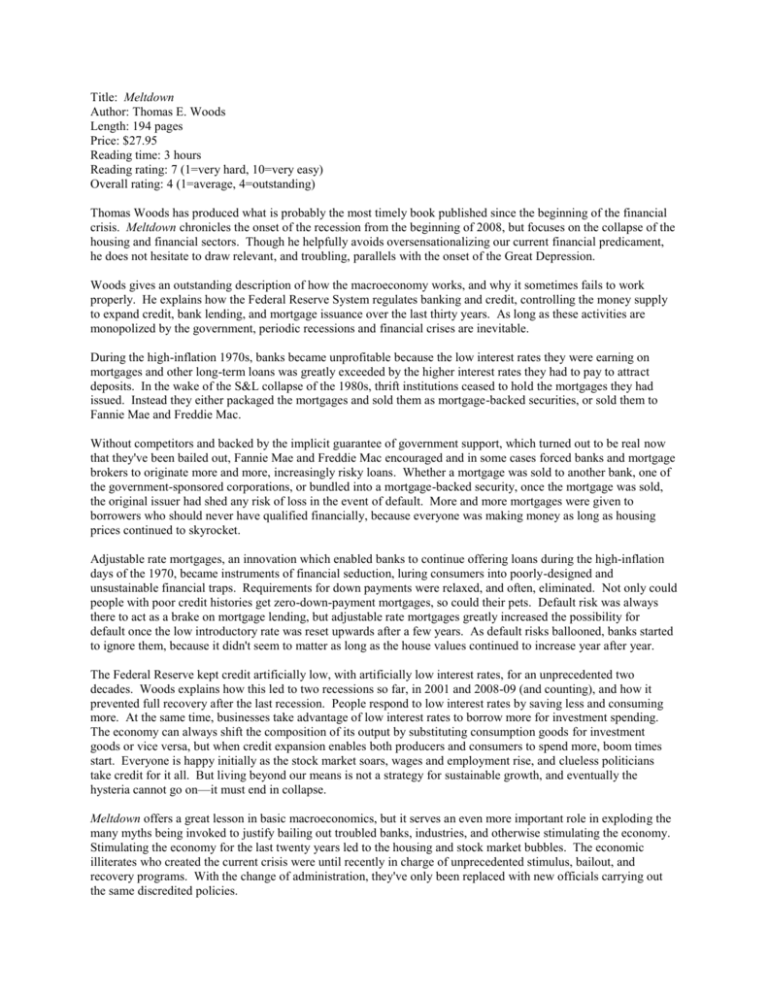
Title: Meltdown Author: Thomas E. Woods Length: 194 pages Price: $27.95 Reading time: 3 hours Reading rating: 7 (1=very hard, 10=very easy) Overall rating: 4 (1=average, 4=outstanding) Thomas Woods has produced what is probably the most timely book published since the beginning of the financial crisis. Meltdown chronicles the onset of the recession from the beginning of 2008, but focuses on the collapse of the housing and financial sectors. Though he helpfully avoids oversensationalizing our current financial predicament, he does not hesitate to draw relevant, and troubling, parallels with the onset of the Great Depression. Woods gives an outstanding description of how the macroeconomy works, and why it sometimes fails to work properly. He explains how the Federal Reserve System regulates banking and credit, controlling the money supply to expand credit, bank lending, and mortgage issuance over the last thirty years. As long as these activities are monopolized by the government, periodic recessions and financial crises are inevitable. During the high-inflation 1970s, banks became unprofitable because the low interest rates they were earning on mortgages and other long-term loans was greatly exceeded by the higher interest rates they had to pay to attract deposits. In the wake of the S&L collapse of the 1980s, thrift institutions ceased to hold the mortgages they had issued. Instead they either packaged the mortgages and sold them as mortgage-backed securities, or sold them to Fannie Mae and Freddie Mac. Without competitors and backed by the implicit guarantee of government support, which turned out to be real now that they've been bailed out, Fannie Mae and Freddie Mac encouraged and in some cases forced banks and mortgage brokers to originate more and more, increasingly risky loans. Whether a mortgage was sold to another bank, one of the government-sponsored corporations, or bundled into a mortgage-backed security, once the mortgage was sold, the original issuer had shed any risk of loss in the event of default. More and more mortgages were given to borrowers who should never have qualified financially, because everyone was making money as long as housing prices continued to skyrocket. Adjustable rate mortgages, an innovation which enabled banks to continue offering loans during the high-inflation days of the 1970, became instruments of financial seduction, luring consumers into poorly-designed and unsustainable financial traps. Requirements for down payments were relaxed, and often, eliminated. Not only could people with poor credit histories get zero-down-payment mortgages, so could their pets. Default risk was always there to act as a brake on mortgage lending, but adjustable rate mortgages greatly increased the possibility for default once the low introductory rate was reset upwards after a few years. As default risks ballooned, banks started to ignore them, because it didn't seem to matter as long as the house values continued to increase year after year. The Federal Reserve kept credit artificially low, with artificially low interest rates, for an unprecedented two decades. Woods explains how this led to two recessions so far, in 2001 and 2008-09 (and counting), and how it prevented full recovery after the last recession. People respond to low interest rates by saving less and consuming more. At the same time, businesses take advantage of low interest rates to borrow more for investment spending. The economy can always shift the composition of its output by substituting consumption goods for investment goods or vice versa, but when credit expansion enables both producers and consumers to spend more, boom times start. Everyone is happy initially as the stock market soars, wages and employment rise, and clueless politicians take credit for it all. But living beyond our means is not a strategy for sustainable growth, and eventually the hysteria cannot go on—it must end in collapse. Meltdown offers a great lesson in basic macroeconomics, but it serves an even more important role in exploding the many myths being invoked to justify bailing out troubled banks, industries, and otherwise stimulating the economy. Stimulating the economy for the last twenty years led to the housing and stock market bubbles. The economic illiterates who created the current crisis were until recently in charge of unprecedented stimulus, bailout, and recovery programs. With the change of administration, they've only been replaced with new officials carrying out the same discredited policies. Robert F. Mulligan is professor of economics in the Department of Accountancy, Finance, Information Systems, & Economics of the College of Business at Western Carolina University. His research interests are monetary economics, business cycle theory, and constitutional political economy. For previously reviewed books, visit our web site at www.wcu.edu/cob/bookreviews.
